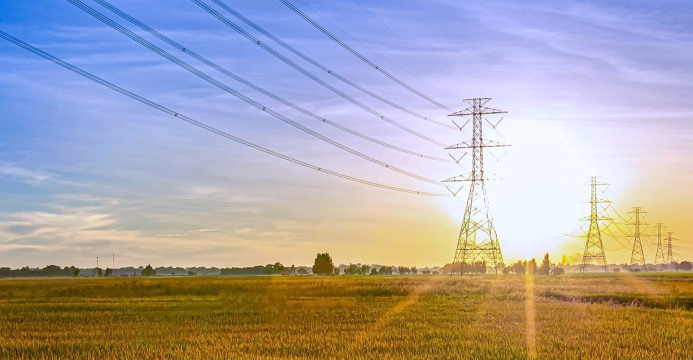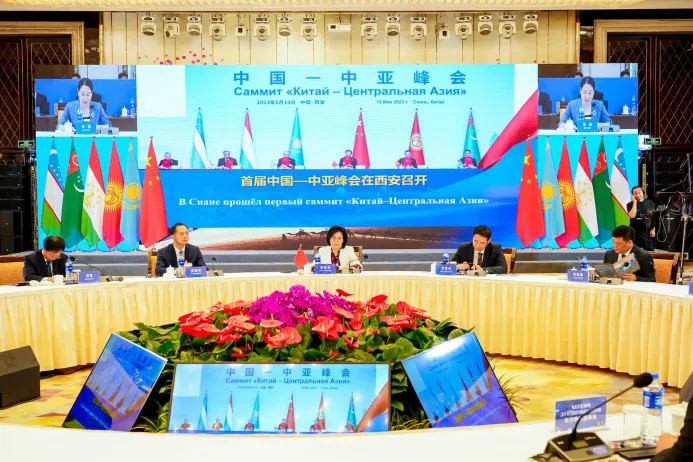Electricity demand in Eurasia increased by 4% in 2024, driven by population growth and economic development. The International Energy Agency (IEA) forecasts that, excluding Kazakhstan and Russia, electricity demand in Eurasian markets will continue to grow at an average annual rate of 3.7% between 2025 and 2027.
Electricity generation in Uzbekistan grew by 4.7% in 2024. The country remains largely dependent on gas, but is actively diversifying its energy mix by investing in renewable energy. The government aims to increase wind and solar power generation capacity to 20 GW by 2030, Kursiv Media writes.
Turkmenistan’s power sector expanded in 2024, increasing electricity exports to neighboring countries including Afghanistan, Iran, Kyrgyzstan, and Uzbekistan. Electricity exports to Kyrgyzstan reached 1.6 TWh in 2023, with plans to increase them to 1.7–2 TWh in 2024. The agreement with Uzbekistan aims to increase electricity supplies to 4 TWh per year, although specific trade volumes remain undisclosed.
Azerbaijan saw electricity demand grow by 4% in 2024, a significant improvement over the previous year. However, the country saw a 3% decline in electricity generation, with a notable 10% drop in fossil-fuel thermal generation. This decline was offset by a significant increase in hydroelectric power generation. Azerbaijan’s electricity exports fell sharply by almost 60%.
The IEA forecast indicates that the electricity sector in Eurasia is expanding, with growth being led by countries such as Uzbekistan and Turkmenistan.



